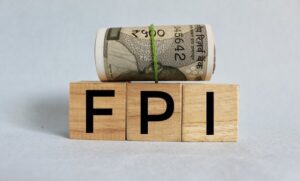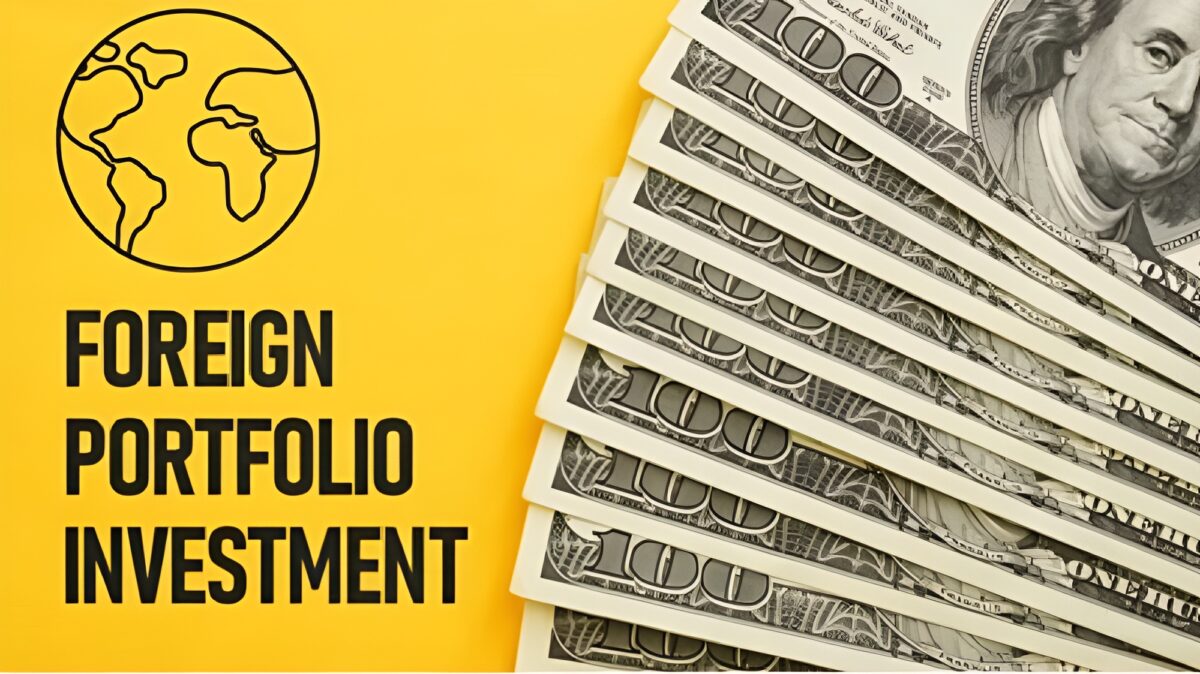
Foreign Investors Pour Rs 33,700 Crore into Indian Equities: What’s Driving This Surge?
Contents
- 1 Foreign investments in India
- 1.1 Foreign Investors Pour Rs 33,700 Crore into Indian Equities: What’s Driving This Surge?
- 1.1.1 Why the Surge in FPI Investments?
- 1.1.2 FPI Inflows: The Bigger Picture
- 1.1.3 Conclusion
- 1.1.4 FAQs (Frequently Asked Questions):
- 1.1.4.1 1.What is driving foreign investments in Indian equities?
- 1.1.4.2 2.Why are FPIs investing in India now?
- 1.1.4.3 3.What role did the US rate cut play?
- 1.1.4.4 4.How much money have FPIs invested in Indian equities this year?
- 1.1.4.5 5.What is the Voluntary Retention Route (VRR)?
- 1.1.4.6 6.What sectors are attracting FPI investments?
- 1.1.4.7 7.What impact is the strong rupee having on the market?
- 1.1.4.8 8.What risks are associated with the current inflows?
- 1.1.4.9 9.How is RBI handling inflation without a rate cut?
- 1.1.4.10 10.Will FPI inflows continue in the future?
- 1.2 Foreign investments in India
- 1.3 SpiceJet’s ₹3,000 Crore QIP Boost—Is This the Airline’s Path to Recovery?
- 1.1 Foreign Investors Pour Rs 33,700 Crore into Indian Equities: What’s Driving This Surge?
Foreign investments in India
Foreign Investors Pour Rs 33,700 Crore into Indian Equities: What’s Driving This Surge?
Foreign investors have shown renewed confidence in India’s equity market, pouring in close to Rs 33,700 crore this month alone. What’s behind this significant influx? The answer lies in a mix of global economic cues and the inherent resilience of the Indian market, making it a hotspot for international investors.


Why the Surge in FPI Investments?
A key driver behind this surge is the 50 basis point rate cut by the US Federal Reserve on September 18. This marked a pivotal moment in global monetary policy, signifying the start of a rate-cutting cycle that could last into 2025. Lower interest rates in the US make emerging markets like India more attractive, and Foreign Portfolio Investors (FPIs) have responded accordingly. The declining US bond yields further pushed investors toward Indian equities, where the potential for higher returns looks promising.


FPI Inflows: The Bigger Picture
This latest injection of Rs 33,700 crore marks the second-highest monthly inflow this year, with March seeing the top inflow of Rs 35,100 crore. So far in 2023, FPIs have pumped in Rs 76,572 crore into Indian equities, solidifying India’s place as a go-to market for international capital.
But why are investors so bullish on India? Several factors come into play. The Indian economy’s strong performance, despite global economic uncertainty, has built trust. Add to that a dovish US Federal Reserve and a strong rupee, and you have a perfect storm for attracting foreign investment.


Conclusion
The recent surge of Rs 33,700 crore in foreign investments into Indian equities underscores the confidence that global investors have in India’s economic resilience. Key factors driving this inflow include the US Federal Reserve’s rate cut, declining US bond yields, and India’s strong economic performance. As foreign portfolio investors seek higher returns in emerging markets, India remains a top destination due to its stability and growth potential. While this influx is positive, it also raises concerns about market overheating, but overall, India continues to be an attractive market for foreign investments.
FAQs (Frequently Asked Questions):
1.What is driving foreign investments in Indian equities?
A. The primary drivers include the US Federal Reserve rate cut, declining bond yields, and the resilience of the Indian market.
2.Why are FPIs investing in India now?
A. India’s strong economic fundamentals, attractive stock valuations, and a dovish US Fed have made Indian equities appealing.
3.What role did the US rate cut play?
A. The 50 basis point rate cut by the US Federal Reserve on September 18 triggered a shift toward emerging markets like India.
4.How much money have FPIs invested in Indian equities this year?
A. As of September, FPIs have invested Rs 76,572 crore in Indian equities in 2023.
5.What is the Voluntary Retention Route (VRR)?
A. VRR is a channel for long-term foreign investment in Indian debt, encouraging stability and commitment.
6.What sectors are attracting FPI investments?
A. While broad-based, technology, financial services, and consumer goods sectors are seeing strong foreign interest.
7.What impact is the strong rupee having on the market?
A. The strong rupee reflects confidence in India’s economic stability but poses challenges for exporters.
8.What risks are associated with the current inflows?
A. Overvaluation and market overheating are concerns, as high FPI inflows could inflate stock prices unsustainably.
9.How is RBI handling inflation without a rate cut?
A. The Reserve Bank of India is balancing fiscal policy by controlling inflation without lowering rates, keeping the market stable.
10.Will FPI inflows continue in the future?
A. Analysts predict that inflows will continue, but global volatility and domestic economic policies will play crucial roles.





















1 comment